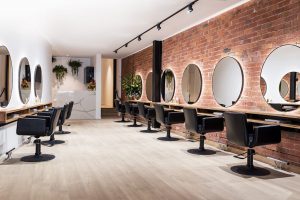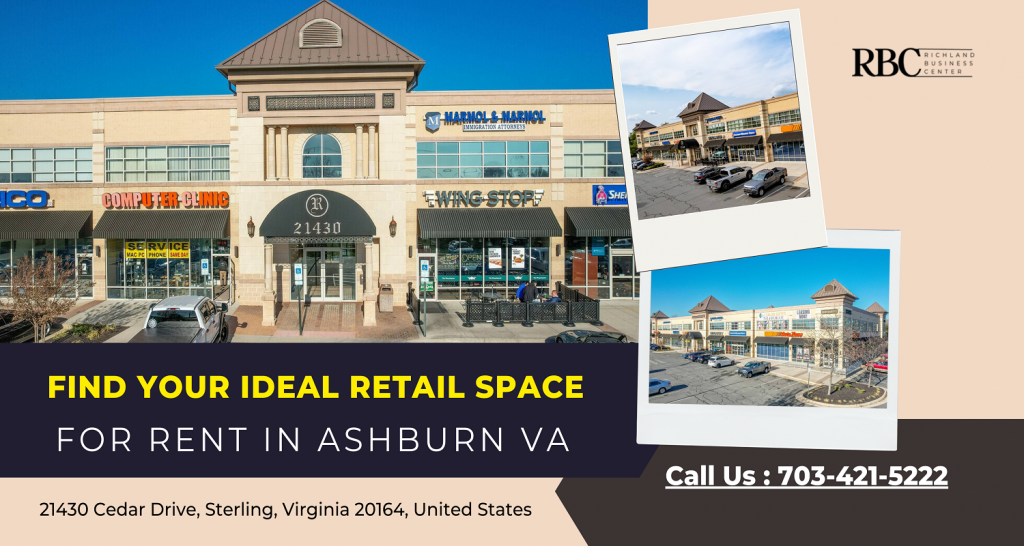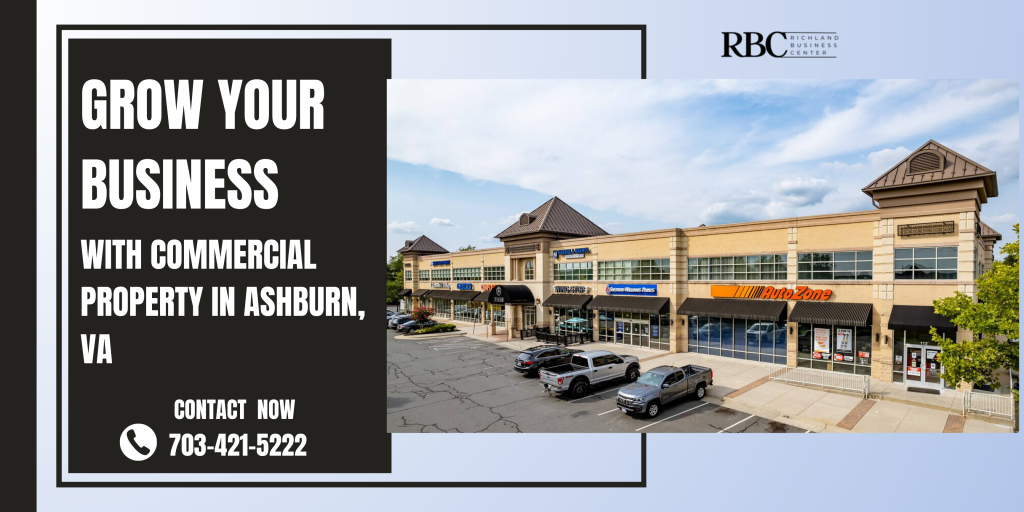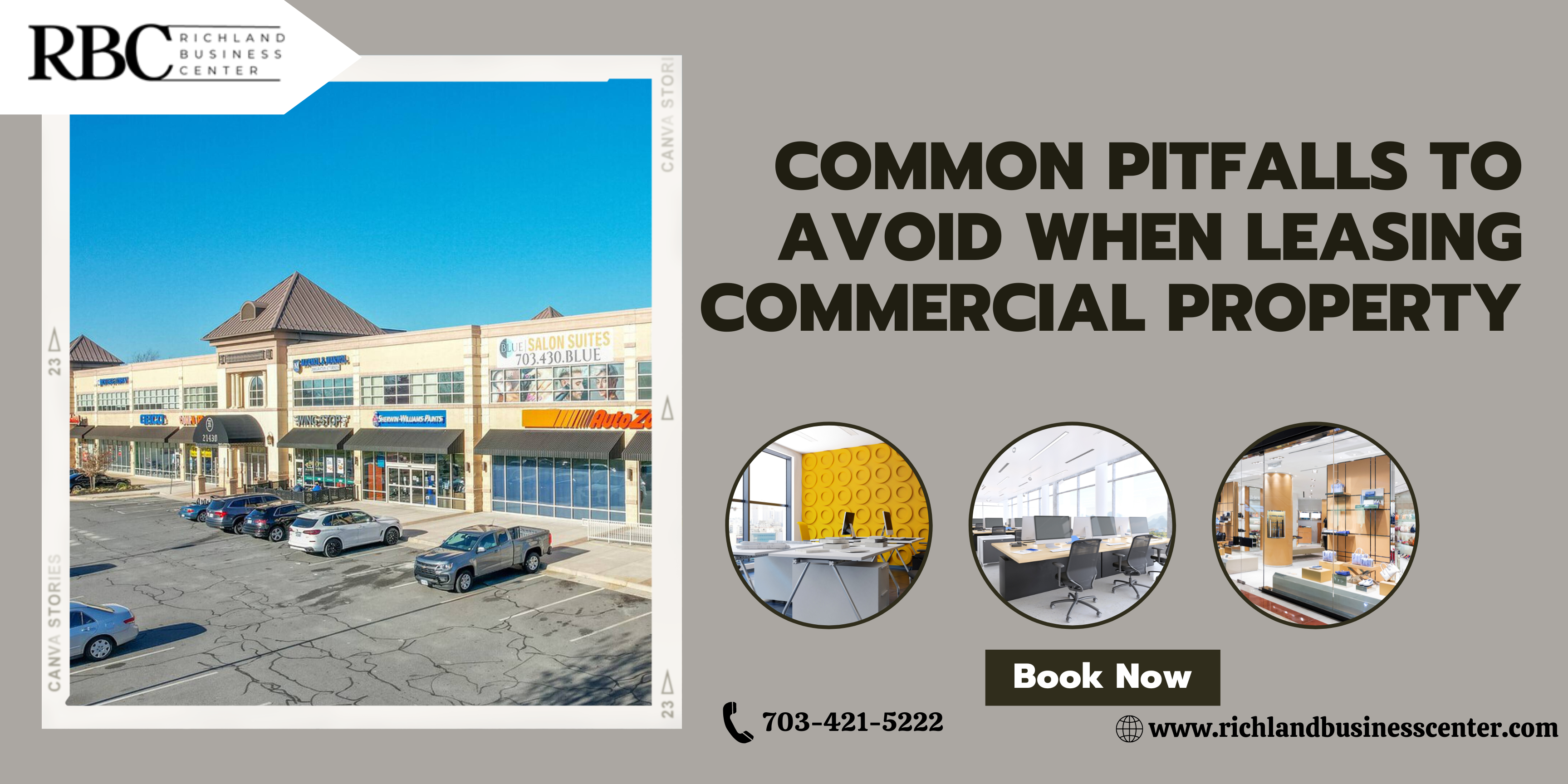Exploring Commercial Property Trends in Sterling, VA
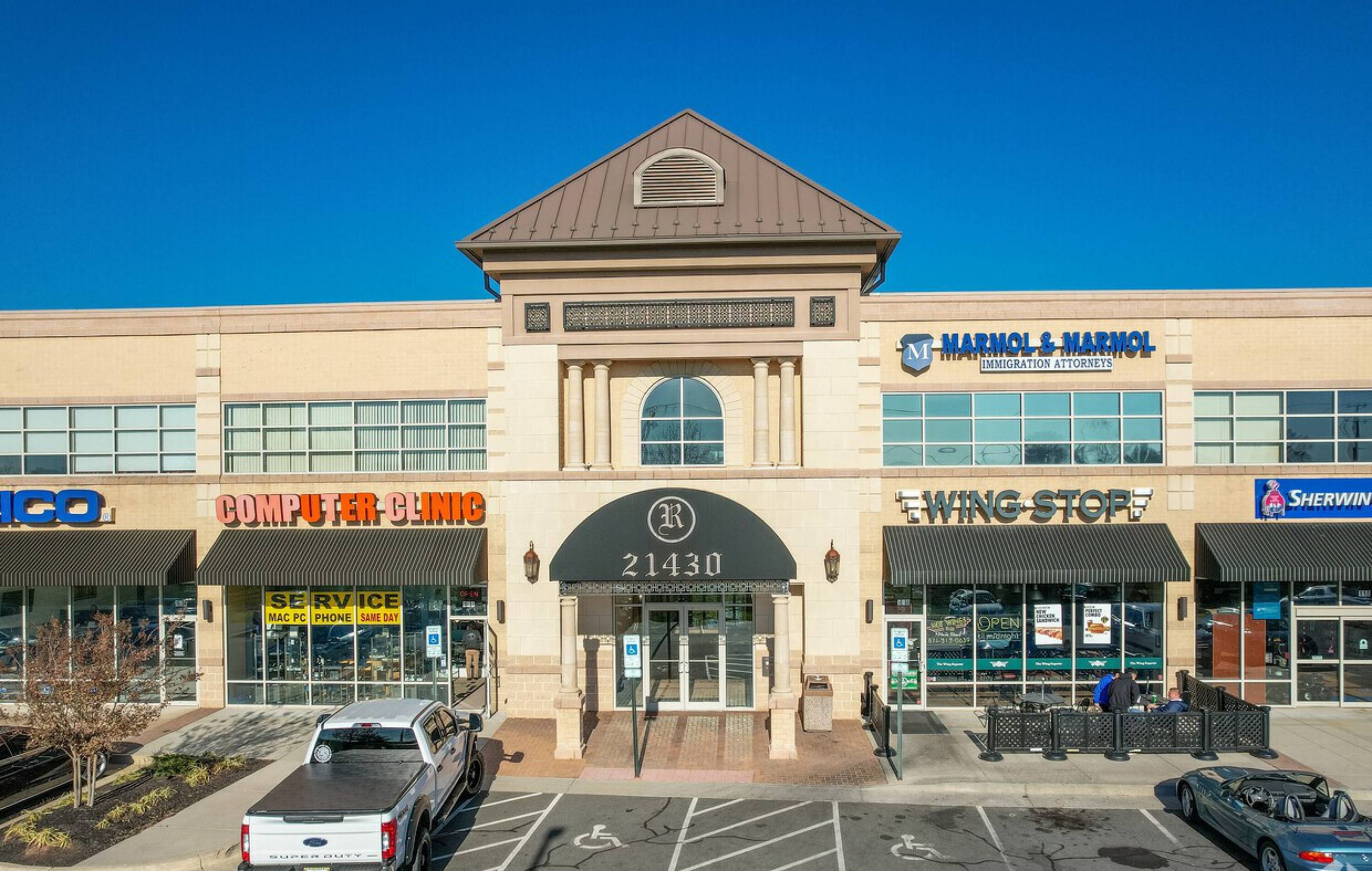 Introduction
Introduction
Welcome to the vibrant tapestry of Sterling, VA, where the rhythmic pulse of economic vitality seamlessly intertwines with the essence of community growth. As the demand for dynamic commercial spaces gains momentum, entrepreneurs and businesses find themselves immersed in a city that serves as a fertile ground for innovation and progress. In this thriving landscape, navigating the myriad opportunities in the commercial property realm becomes a journey of discovery. From adaptive reuse projects breathing new life into historical structures to the seamless integration of smart office solutions transforming the traditional work environment, Sterling’s commercial property trends are as diverse as the businesses that call this city home. Explore the ever-evolving narrative of Commercial property for rent in Sterling, VA, where the synergy between economic prosperity and the quest for sustainable, innovative spaces paints a compelling picture of the city’s growth and potential.
II. Economic Landscape of Sterling, VA
Sterling, VA, is not only a thriving residential community but also a key player in the economic landscape of the broader Washington, D.C. metropolitan area. The economic dynamics of Sterling significantly impact the trends observed in the local commercial real estate sector.
A. Current Economic Indicators
1. Employment Growth: Sterling boasts a robust job market, with consistent employment growth across various sectors. Understanding the employment landscape is crucial as it directly correlates with the demand for commercial spaces, especially office spaces and retail establishments.
2. Industry Diversity: The economic diversity of Sterling is a key strength. Industries such as technology, healthcare, and professional services contribute significantly to the local economy. Examining the specific sectors driving economic growth provides insights into the types of commercial properties in demand.
3. Income Levels: Analyzing the average income levels in Sterling helps gauge the purchasing power of residents and businesses. This, in turn, influences the type and scale of commercial developments, from high-end retail spaces to industrial complexes.
4. Business Climate: Sterling’s business-friendly environment plays a pivotal role in attracting companies. An analysis of the ease of doing business, regulatory support, and incentives for entrepreneurs provides valuable context for commercial real estate trends.
B. Impact on Commercial Real Estate
1. Commercial Property Values: The economic prosperity of Sterling often translates into increased property values. Understanding how economic indicators correlate with property values assists investors and developers in making informed decisions.
2. Occupancy Rates: A booming economy generally leads to higher occupancy rates in commercial spaces. Examining the current occupancy rates in Sterling sheds light on the demand for various types of properties, including office spaces, retail outlets, and warehouses.
3. Entrepreneurial Activity: Sterling’s economic landscape influences entrepreneurial ventures. A thriving start-up scene or a strong presence of established businesses can impact the demand for office spaces and co-working environments.
4. Market Resilience: Economic stability contributes to the resilience of the commercial real estate market. Assessing how Sterling weathers economic downturns or uncertainties provides a comprehensive view of its real estate market’s strength.
In essence, a thorough exploration of the economic landscape of Sterling, VA, is essential for understanding the driving forces behind its commercial property trends. By examining current economic indicators and their impact on the real estate sector, stakeholders can position themselves strategically to capitalize on the dynamic opportunities that this bustling city presents.
Secure Your Success: Explore Prime Opportunities with Our Exclusive Commercial Spaces for Rent!
III. Demographics Driving Property Trends
A. Population Growth and Its Influence
Sterling, VA, is experiencing a remarkable surge in population, and this demographic shift is playing a pivotal role in shaping the city’s commercial property trends. As the population expands, so does the demand for various types of commercial spaces. This section will explore:
1. Population Dynamics: Understand the current population growth rate in Sterling and its impact on the demand for commercial properties. Analyze demographic data to identify key age groups, income levels, and lifestyle preferences that are contributing to this growth.
2. Residential Patterns: Explore how residential patterns are influencing commercial property trends. Are there specific neighborhoods or areas witnessing more population influx, and how does this translate into preferences for nearby commercial establishments?
3. Consumer Behavior: Investigate changes in consumer behavior driven by population growth. This includes shifts in shopping habits, dining preferences, and the demand for entertainment and recreational spaces.
B. Key Demographics Shaping Commercial Preferences
Beyond sheer population numbers, specific demographics are wielding considerable influence over the types of commercial properties in demand. This sub-section will focus on:
1. Generational Preferences: Examine the preferences of different generations, such as millennials, Gen X, and baby boomers, and how these preferences impact the types of commercial spaces being developed. For example, millennials might drive demand for tech-centric co-working spaces, while baby boomers may lean towards experiential retail.
2. Income Distribution: Analyze the income distribution within the population and its correlation with the demand for different commercial properties. This could involve exploring the growth of high-income earners and their impact on luxury retail or premium office spaces.
3. Cultural Diversity: Investigate how cultural diversity within the population is influencing the demand for specific commercial offerings. Are there trends reflecting the diverse cultural backgrounds of Sterling’s residents, and how are businesses adapting to cater to these preferences?
In essence, this section aims to provide a nuanced understanding of how the evolving demographics in Sterling, VA, are driving the demand for various commercial properties. By dissecting population growth, residential patterns, consumer behavior, and key demographic factors, readers will gain insights into the dynamic interplay between people and the commercial spaces they inhabit.
IV. Emerging Commercial Hubs
A. Identification of Popular Business Districts
Sterling, VA is experiencing a transformation with the emergence of distinct commercial hubs that are redefining its economic landscape. These hubs are characterized by a concentration of businesses, retail establishments, and cultural attractions. Here’s a closer look at the identified popular business districts:
1. Downtown Sterling: The traditional heart of the city, where historic charm meets modern commerce. This district is home to a mix of retail shops, restaurants, and office spaces, creating a vibrant atmosphere.
2. Technology Park: A hub dedicated to fostering innovation and technology-driven businesses. This district attracts startups and established tech companies alike, creating a dynamic ecosystem of collaboration and growth.
3. Retail Oasis: A commercial zone strategically designed to cater to the retail needs of the community. This area features shopping malls, boutiques, and entertainment venues, making it a go-to destination for locals and visitors alike.
4. Industrial Corridor: Catering to manufacturing and industrial businesses, this district plays a crucial role in Sterling’s economic diversity. Its strategic location and infrastructure make it an attractive choice for industrial ventures.
B. Factors Contributing to Their Growth
1. Accessibility and Transportation: Proximity to major transportation arteries and public transit hubs significantly contributes to the growth of these hubs. Easy accessibility attracts businesses and customers alike.
2. Incentives and Zoning Policies: Sterling’s favorable business environment, backed by government incentives and flexible zoning policies, encourages businesses to set up shop in these emerging hubs.
3. Community Engagement: Active community involvement and engagement initiatives by businesses in these districts create a sense of belonging. This community-centric approach fosters loyalty among residents and contributes to sustained growth.
4. Technological Infrastructure: Hubs like Technology Park thrive on advanced technological infrastructure. High-speed internet, smart building solutions, and other tech amenities attract tech-driven businesses seeking a cutting-edge working environment.
5. Mixed-Use Development: The integration of commercial, residential, and recreational spaces within these hubs creates a holistic environment. This mixed-use approach ensures that the districts remain lively and vibrant throughout the day and night.
6. Strategic Planning and Development: Thoughtful urban planning and development strategies play a pivotal role. The careful curation of these commercial hubs ensures a harmonious blend of business, leisure, and community spaces.
Understanding the dynamics of these emerging commercial hubs provides valuable insights into the future trajectory of Sterling’s commercial real estate. Investors and businesses keen on growth and innovation are increasingly turning their attention to these hubs, making them integral to the city’s economic narrative.
V. Technology Integration in Commercial Spaces
A. Smart Office Solutions
In the ever-evolving landscape of commercial real estate, technology is playing a pivotal role in transforming traditional office spaces into intelligent, efficient, and dynamic environments. Smart office solutions leverage cutting-edge technologies to enhance productivity, optimize resources, and provide a seamless experience for occupants.
1. IoT and Connectivity: Explore how the Internet of Things (IoT) is being incorporated into commercial spaces, allowing devices to communicate and share data. From smart lighting and climate control to occupancy sensors, learn how interconnected systems contribute to energy efficiency and a comfortable work environment.
2. Automation and Robotics: Delve into the integration of automation and robotics in commercial spaces, streamlining repetitive tasks and improving operational efficiency. Highlight specific examples of robotic technologies being used for tasks like cleaning, security, and logistics.
3. Data Analytics for Space Optimization: Discuss the role of data analytics in optimizing commercial spaces. Companies are utilizing data to understand how spaces are utilized, enabling efficient allocation of resources, layout adjustments, and improvements in overall workflow.
B. Impact on Property Development Trends
The infusion of technology into commercial spaces has profound implications for property development trends, influencing both design and functionality.
1. Flexibility and Adaptability: Explore how technology allows for flexible office layouts, enabling spaces to adapt to varying needs. From modular furniture to movable walls, discover how commercial properties are designed to accommodate dynamic work environments.
2. Innovative Collaboration Tools: Highlight the use of advanced collaboration tools such as virtual reality (VR) and augmented reality (AR) that facilitate remote collaboration and enhance communication among teams. Showcase how these tools are reshaping the concept of office interactions.
3. Security and Access Control: Discuss the implementation of advanced security measures, including biometric access control and surveillance systems. Emphasize the role of technology in creating secure and safe working environments.
4. Green Technology Integration: Explore how technology is contributing to sustainability in commercial spaces. From energy-efficient systems to the use of smart sensors for resource conservation, understand the role of technology in promoting environmentally conscious property development.
5. Tenant Experience and Amenities: Discuss how technology enhances the overall tenant experience. From automated concierge services to smart building apps that provide personalized experiences, technology is enriching the amenities offered within commercial properties.
Understanding the intricate interplay between technology and commercial spaces is crucial for stakeholders in Sterling, VA. As the city embraces smart solutions, it positions itself as a hub for forward-thinking businesses seeking to thrive in an interconnected and technologically advanced commercial landscape.
Conclusion
In conclusion, Sterling, VA emerges not just as a city with a thriving commercial real estate landscape but as a dynamic hub where historical preservation, technological innovation, and sustainable practices converge. The exploration of commercial property trends reveals a diverse canvas, from the adaptive reuse of old structures to cutting-edge technological integrations, reflecting the city’s commitment to both its rich heritage and future progress. Investors seeking opportunities in this vibrant market will find a spectrum of choices, aligning with the city’s economic indicators, demographic shifts, and the rise of adaptive co-working spaces. As Sterling continues to redefine its commercial spaces, from repurposed historical buildings to modern architectural marvels, it beckons businesses to consider the myriad investment opportunities available. For those on the lookout for commercial property for rent in Sterling, VA, this nuanced landscape offers not just spaces but a narrative that intertwines history, innovation, and community vitality.
Frequently Asked Questions (FAQs)
Q1: What is adaptive reuse in commercial real estate?
Ans: Adaptive reuse is the process of creatively repurposing existing structures for new functions, different from their original use. In Sterling, VA, this practice aims to breathe new life into historical or underutilized buildings, fostering sustainability and meeting the evolving needs of the community.
Q2: What types of structures are commonly subject to adaptive reuse in Sterling?
Ans: Old warehouses, factories, historic buildings, and even industrial spaces are often repurposed in Sterling. These transformations range from trendy loft apartments to offices and cultural hubs, showcasing the versatility of adaptive reuse.
Q3: What are the challenges associated with adaptive reuse in Sterling?
Ans: Challenges include navigating zoning regulations, adapting older structures to meet current building codes, and striking a balance between preservation and innovation. Overcoming these challenges requires expertise and careful planning.

